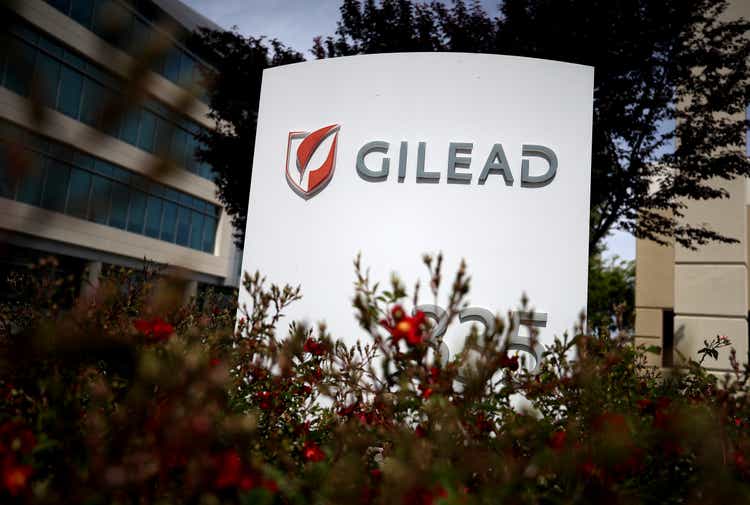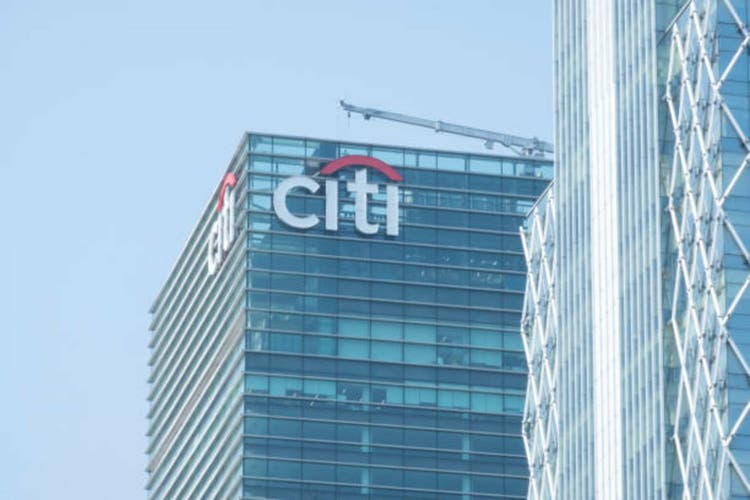VCs are getting bigger.
But you already knew that—one of the key narratives in the venture capital marketplace from the first day that I started covering the space, is that not only are VCs raising more capital, as billion dollar funds become dime-a-dozen, but that there are more VCs. (My favorite ZIRP era statistic to this end: According to the National Venture Capital Association, in 2019, there were about 1,900 venture capital firms. By early 2024, that number had ballooned to 3,417.)
It follows then, that assets under management in VC would also be growing: According to PitchBook, VC AUM in North America doubled between 2019 and 2024, and is projected to grow about 38% over the next five years. The picture is actually a bit more complicated than it might seem, according to Kyle Stanford, PitchBook director of research for US venture. Stanford pointed out via email that current VC AUM is actually flat as compared to 2021—the year VC AUM grew from $850 billion to $1.31 trillion—and since then, the market has been resetting after warping through the flood of capital and sky-high valuations.
“The past four years have almost been a ‘catch-up’ phase for North American VC,” Stanford said. “What ultimately drives AUM growth again is going to be the ability for companies to realize the value the market has placed on startups. That seems easy to say, but we know that liquidity and returns will expand the interest of LPs and again put up more money for VC. Unicorns are aging, and so are many funds holding onto companies in hopes that they produce that fund-defining exit.”
The numbers break down like so: PitchBook estimates that VC AUM in North America will increase from $1.36 trillion at the end of last year to $1.81 trillion in 2029. California, per PitchBook, contains 54% of the VC AUM in North America, while the Mid-Atlantic consists of 20% of current AUM. (Notably, market share in the Mid-Atlantic grew 2.6x from 2019 to 2024.) What will drive growth moving forward—or limit it—is the exit environment, said Stanford.
“It’s easy to get excited about the exits that have occurred this year,” he wrote. “There have been some strong IPOs, and eight unicorns have exited so far. I’d say I am more cautiously optimistic than others in the market, though. Eight unicorns represent about 1% of the total number of billion-dollar companies, and there isn’t a large pipeline of IPOs building up for immediate listings because market uncertainty is so high. I think that the best-case scenario in the current environment is that we see an increase in companies registering for public offerings in Q4, with Q1 listings beginning to drive a liquidity surge.”
There’s an argument here that AUM shouldn’t matter—that VC isn’t an AUM game, but a returns game, which I personally think is true. That being said, AUM is an interesting indicator in that it suggests the ways in which venture capital has ultimately become mainstream.
“Every large bank and institutional investor is adding alternative investments to their portfolio and offering them to clients,” said Stanford. “A growing AUM is probably the lagging indicator of a strong market that is generating the returns to sustain an increase in cash flowing into the strategy. A market with a growing AUM is going to be generating returns for investors, which will subsequently provide the cash for new deals, benefiting new startups and entrepreneurs. A growing AUM is better for the entire ecosystem.”
Windsurfing… I broke the news on Friday that Windsurf was stepping away from the OpenAI deal—vaulting into Google’s arms in a $2.4 billion acquihire that stirred quite a bit of social media discourse about what it means to treat employees fairly. The saga took another stunning turn today, as AI startup Cognition, led by Scott Wu, swept in to buy Windsurf’s remaining assets for undisclosed terms.
See you tomorrow,
Allie Garfinkle
X: @agarfinks
Email: alexandra.garfinkle@fortune.com
Submit a deal for the Term Sheet newsletter here.
Sara Braun curated the deals section of today’s newsletter. Subscribe here.
This story was originally featured on Fortune.com

 7 hours ago
1
7 hours ago
1


















 English (US) ·
English (US) ·